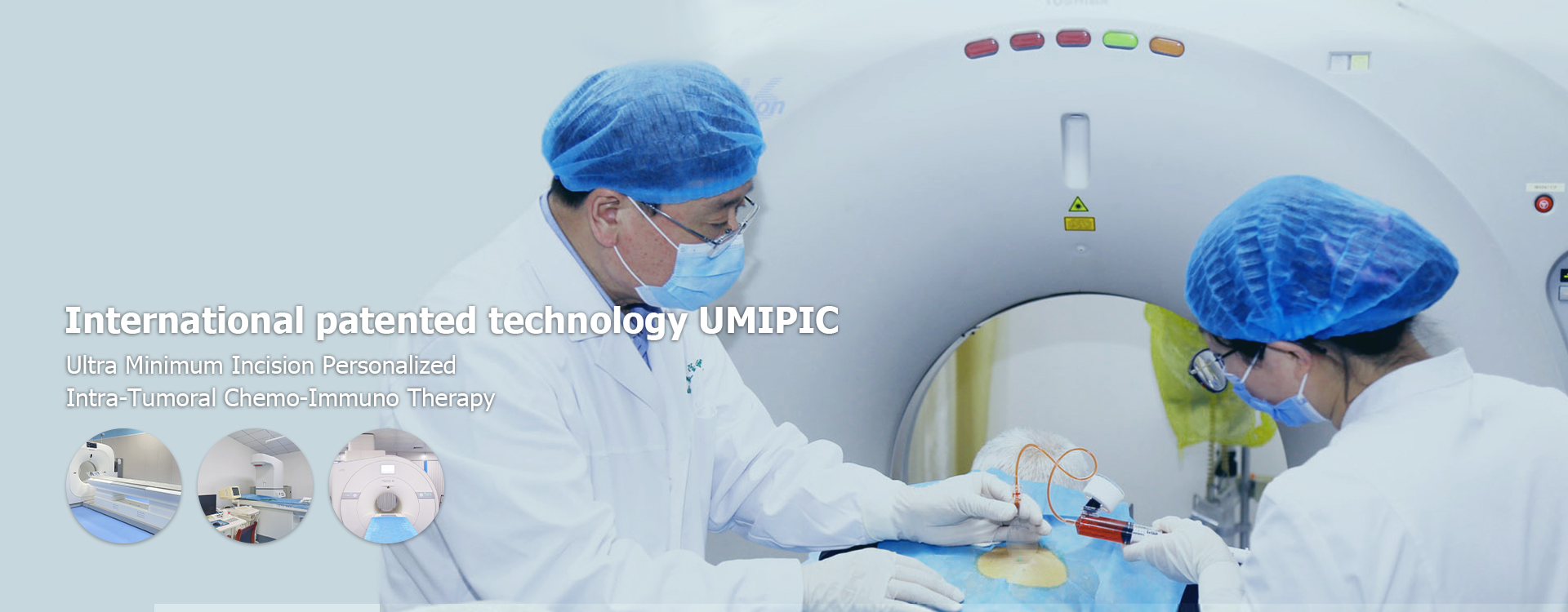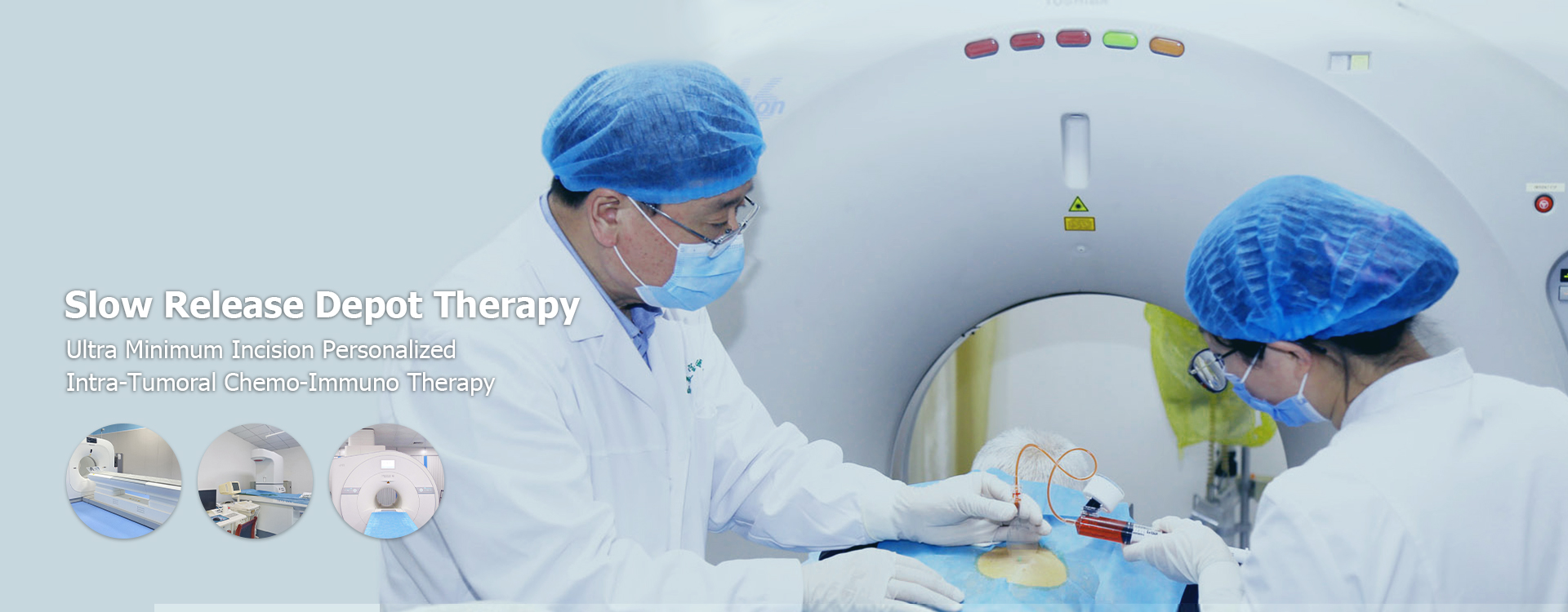
treatment symptoms of breast cancer cost
Understanding the Cost of Treatment Symptoms of Breast CancerThis article provides a comprehensive overview of the costs associated with managing the symptoms of breast cancer, covering various treatment options, potential expenses, and resources for financial assistance. We'll explore strategies for navigating the financial challenges often associated with this journey.
Understanding the Costs of Managing Breast Cancer Symptoms
A breast cancer diagnosis can be overwhelming, and the financial implications of treatment and symptom management can add significant stress. The cost of treatment symptoms of breast cancer varies significantly depending on several factors, including the stage of cancer, the type of treatment received, the patient's insurance coverage, and the specific symptoms being managed. This article aims to shed light on these costs, providing valuable insights for those navigating this challenging journey.
Treatment Costs
Chemotherapy
Chemotherapy is a common treatment for breast cancer, aiming to eliminate cancer cells. The cost of chemotherapy can vary greatly depending on the specific drugs used, the dosage, and the duration of treatment. Expect costs to include the medication itself, administration fees, and potential lab tests to monitor blood counts and kidney function. These costs can reach thousands of dollars per cycle, and many cycles may be required.
Radiation Therapy
Radiation therapy uses high-energy radiation to destroy cancer cells. The cost of radiation therapy depends on the number of treatments needed and the specific technology used. Similar to chemotherapy, expect charges for the treatment itself, as well as potential imaging tests to guide treatment planning and assess its effectiveness. The total cost can range from several hundred dollars to several thousand dollars.
Surgery
Surgical intervention may be necessary to remove cancerous tissue or reconstruct the breast. The cost of surgery includes the surgeon's fees, the hospital or surgical center fees, anesthesia, and any required medical devices or implants. This is often the most significant single cost associated with breast cancer treatment. The total cost can vary depending on the complexity of the procedure and the facilities used.
Targeted Therapy and Hormone Therapy
Targeted therapy and hormone therapy are additional treatment modalities used for specific types of breast cancer. The cost of these treatments varies based on the specific drugs utilized and the duration of treatment. These medications can be particularly expensive, even with insurance coverage.
Symptom Management Costs
Managing Side Effects
Many breast cancer treatments have side effects that require additional management. These side effects can include nausea, fatigue, pain, and neuropathy. Managing these symptoms can involve medications, physical therapy, and other supportive care services, all of which contribute to the overall cost of treatment. Medication for managing side effects, such as anti-nausea medications and pain relievers, can add significantly to expenses.
Supportive Care
Supportive care encompasses services aimed at improving quality of life during and after breast cancer treatment. This can include nutritional counseling, emotional support, and physical therapy. While some of these services may be covered by insurance, others may be out-of-pocket expenses.
Financial Assistance Resources
Navigating the high costs associated with breast cancer treatment and symptom management can be daunting. Fortunately, several resources are available to help alleviate financial burdens. These include:
- Insurance Coverage: Understanding your insurance policy is crucial. Review your coverage carefully to understand what is covered and what your out-of-pocket costs might be.
- Patient Assistance Programs (PAPs): Many pharmaceutical companies offer PAPs to help patients afford their medications. These programs provide financial assistance to eligible individuals. Check the websites of major pharmaceutical companies for more information.
- Charitable Organizations: Several charitable organizations, such as the American Cancer Society and the Breast Cancer Research Foundation, provide financial assistance and other support services to breast cancer patients. Their websites often contain detailed information about eligibility requirements and application processes.
- Government Programs: Depending on your location and financial situation, government programs such as Medicaid and Medicare may provide financial assistance for medical expenses.
Cost Comparison Table
| Treatment Type | Cost Range (USD) |
|---|---|
| Chemotherapy (per cycle) | $1,000 - $10,000+ |
| Radiation Therapy (total) | $500 - $10,000+ |
| Surgery | $5,000 - $50,000+ |
| Targeted/Hormone Therapy (per month) | $500 - $5,000+ |
Note: Cost ranges are estimates and can vary significantly based on individual circumstances and location.
Remember, seeking early diagnosis and treatment is crucial. While the costs associated with treatment symptoms of breast cancer can be significant, various resources and support systems are available to help you navigate the financial aspects of your care. Discuss your treatment options and financial concerns openly with your healthcare team. For further information on cancer treatment and support, consider visiting the Shandong Baofa Cancer Research Institute website.
Disclaimer: This article is intended for informational purposes only and does not constitute medical advice. Consult with your healthcare provider for any health concerns or before making any decisions related to your health or treatment.
Related products
Related products
Best selling products
Best selling products-
 PAT, rectal cancer patient from the United States
PAT, rectal cancer patient from the United States -
 Anthony, lymphocytic cancer patient from the United States 24
Anthony, lymphocytic cancer patient from the United States 24 -
 Nell Smith, a throat cancer patient from Switzerland
Nell Smith, a throat cancer patient from Switzerland -
 Famous American female painter Muriel
Famous American female painter Muriel -
 Mark, a prostate cancer bone metastasis patient from the United States
Mark, a prostate cancer bone metastasis patient from the United States -
 Andress, a 9-year-old boy from the United States
Andress, a 9-year-old boy from the United States
Related search
Related search- best prostate cancer treatment centers 2020 cost
- China breast cancer screening near me
- Cheap new prostate cancer treatment liquid radiation cost
- treatment metastatic lung cancer treatment
- treatment lung cancer treatment centers Hospitals
- gleason 8 prostate cancer treatment Hospitals
- Kidney cancer
- treatment prostate cancer near me
- Cheap prostate cancer treatment centers near me
- treatment Dr. Yu Baofa





